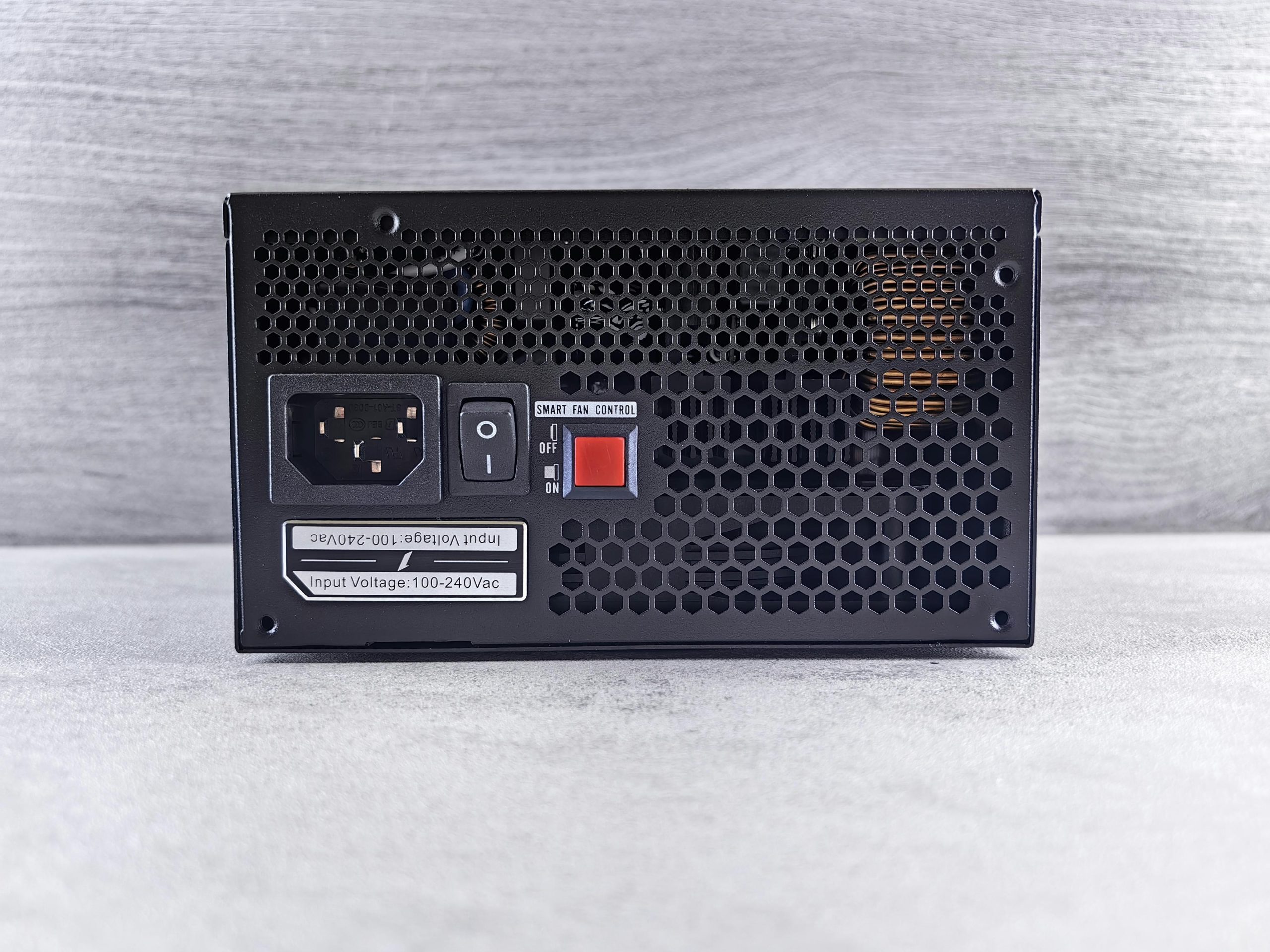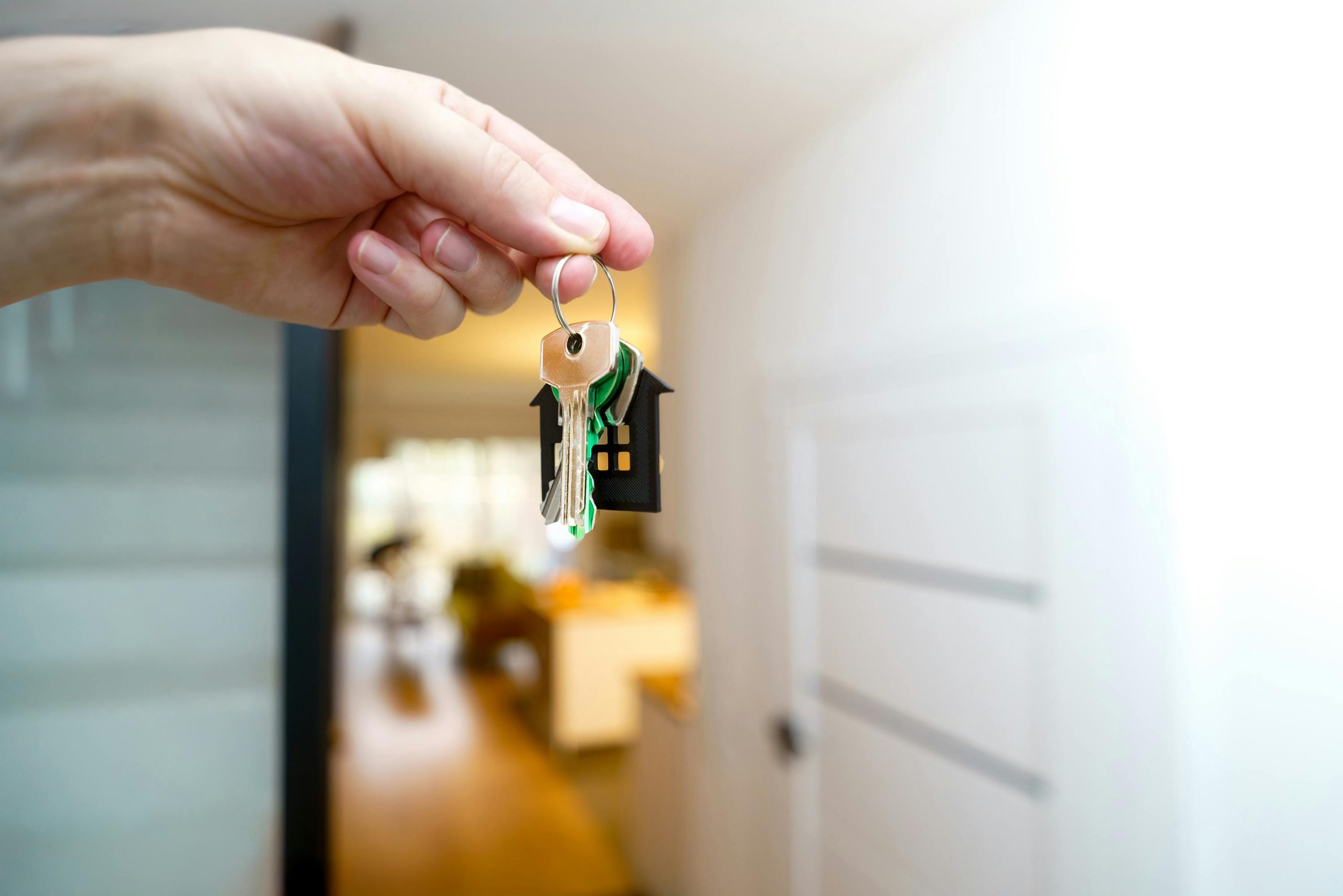Will This Mishap Increase Our Insurance Premiums?
During a recent getaway, my wife and I found ourselves navigating through a sparsely populated parking lot, trying to find her sister’s parked car. The lot had only a few vehicles but was dotted with large, decorative rocks. At one point, I spotted a car and asked my wife, who was at the wheel, “Could that be her car?” Momentarily distracted as she looked in the direction I pointed out, she accidentally drove into one of the smaller boulders.
Fortunately, we were moving at a slow pace, so the impact caused minimal damage, primarily to the front plastic bumper of her RAV4, which was left hanging precariously. We managed to reposition it somewhat, but the damage was apparent. A repair estimate came in at $2,700 if we chose to handle it without involving our insurance.
Given that we have had a clean record until now, we are concerned about how this incident might affect our insurance rates. We reside in the Sacramento area of California, where our premiums recently increased, seemingly just based on our location. Are we facing a likelihood that filing a claim for this minor accident could further inflate our insurance costs?




When considering whether to file an insurance claim for the incident you described, it’s important to weigh the potential impact on your rates against the cost of out-of-pocket repairs. Generally, filing a claim can lead to increased insurance premiums, especially if the damage is deemed at-fault, but there are several factors to consider.
Nature of the Incident: Since this accident was due to a collision with a stationary object and deemed avoidable, it may be classified as an at-fault accident. At-fault claims are often associated with rate increases. However, because this is a single incident with minimal damage compared to more severe accidents, the impact might be less severe than a major collision claim.
Insurance Policy Terms: Review your policy to understand your current deductible and coverage. Calculate the net cost of making a claim by subtracting your deductible from the repair costs (e.g., if your deductible is $500, the insurance would cover roughly $2200). Compare this with potential rate increases, which can last for several years.
Claims History: Since you mentioned not having recent incidents, this could work in your favor. Many insurers offer accident forgiveness programs or are more lenient with rate hikes for policyholders with clean driving records. You should check if your insurer provides such benefits.
State and Regional Factors: As noted, insurance rates in California, and specifically in the Sacramento area, can be high due to a variety of factors including traffic conditions, theft rates, and natural disasters. While these are mostly unrelated to your incident, the regional increase could mean your rates are already at a heightened baseline, making further increases less drastic relative to the overall cost of repairs.
Practical Advice: Before deciding, consider the following steps:
Ultimately, whether your rates will be affected significantly depends on the specifics of your insurance policy, your driving record, and your insurer’s policies regarding claims. Making an informed decision requires carefully balancing these factors.